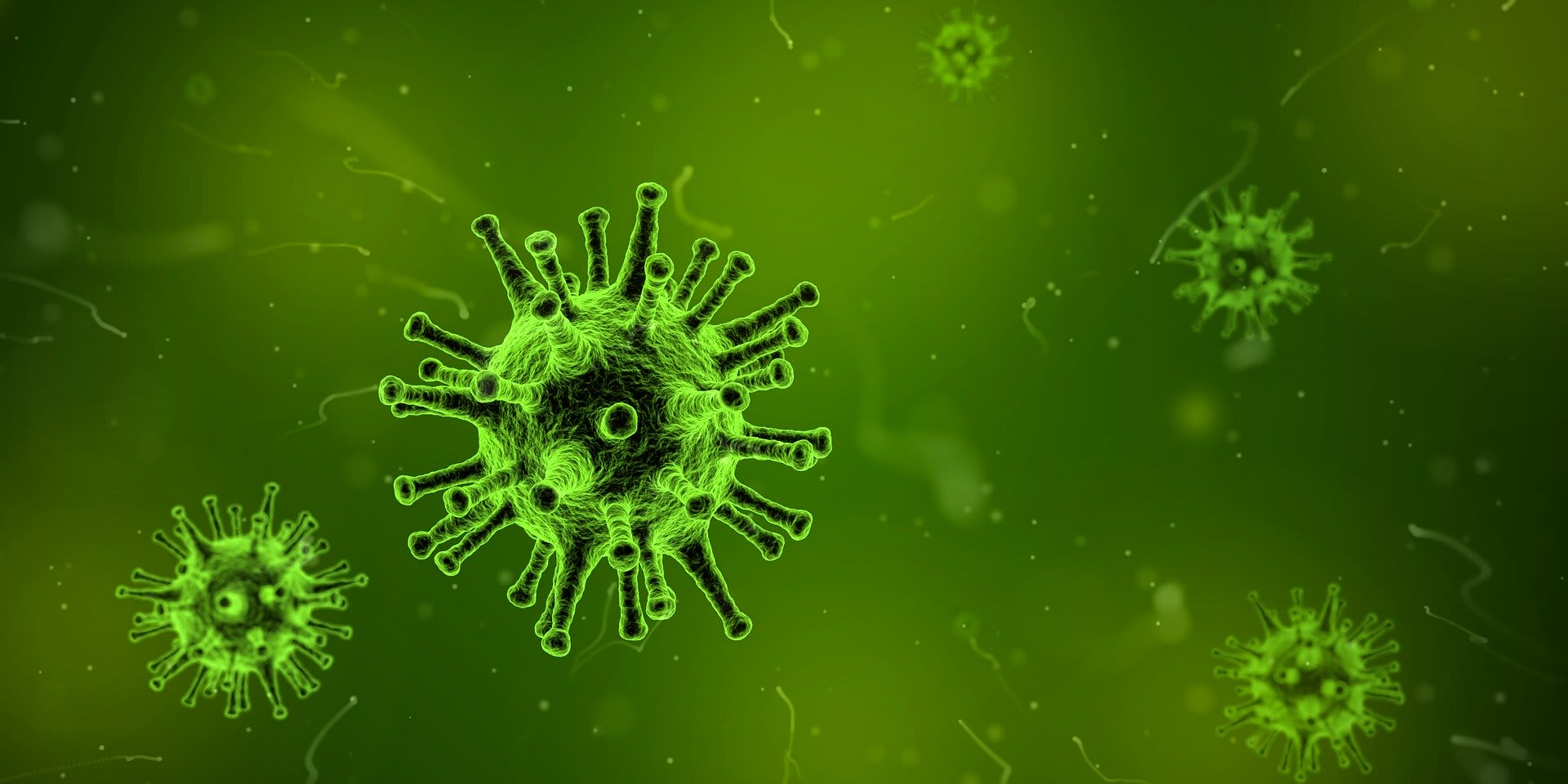Nowadays, it would be difficult to find someone who has not heard about the coronavirus. Loads of information and misinformation is swarming about as scientists across the globe grapple with how to deal with and arrest it. Here is your guide to what you need to know.
The new coronavirus, which is also known as 2019-nCoV, is an upper respiratory virus that has grabbed headlines globally for its virulence, lethalness and fast-spreading pace. Its symptoms typically include fever, cough and shortness of breath. Rooted in Wuhan, Hubei Province, China, the virus has spread to more than 17,300 people in 24 countries across the world. As of this writing, there are eleven confirmed cases in the United States.
The novel coronavirus or 2019-nCoV has been categorized by WHO (World Health Organization) as a pandemic — a new disease strain spreads beyond a local epidemic into a large regional or worldwide event. Examples of 21st century pandemics include SARS, H1N1 and MERS.
How did 2019-nCoV come to be?
Scientists believe the genome sequence of 2019-nCoV were 96% identical to coronaviruses found in bats. In other words, bats are the likely hosts of the disease. Interestingly, it is supposed that SARS developed from bats, although it spread to civet cats before infecting humans during the 2003 outbreak. Most of the initial cases occurred in people who worked at or visited the Huanan seafood market in Wuhan, China, where a variety of wild animals were sold.
Usually coronavirus spreads from mammal to mammal and it is rare that animal coronaviruses infect people. It has happened before. What’s particularly concerning about 2019-nCoV is it has become a human-to-human transmitted virus.
Typically, human-to-human transmission occurs when people are among close contacts, usually within 6 feet of one another. It spreads mainly through respiratory droplets which occur when a person coughs and/or sneezes. This is similar to how flu and other respiratory germs are spread. At present, it is not clear if a person can get 2019-nCoV by touching a surface or object that has the virus on it and then touching their eyes, nose or mouth.
An insidious point about 2019-nCoV is there are reports of the virus spreading from an infected patient with no symptoms to a close contact. This differs from most respiratory viruses when typically, people are thought to be the most contagious when they are at their sickest. Now one understands the fear of the coronavirus and the monitoring of travelers for fevers or placing those travelers originating from China in quarantine.
I emphasize here how easily viruses can spread from person-to-person albeit with variability. Some viruses are highly contagious (measles: remember that from last year?) while others are less so. Scientists globally are working 24/7 to learn more about the transmissibility and severity of 2019-nCoV.
Most people present initially without any symptoms. In 2002, the virus mutated in China and was the causative agent of SARS (Severe Acute Respiratory Syndrome) with a 10% mortality of those infected. In 2012, it resurfaced as the cause of MERS (Middle East Respiratory Syndrome) with a 30% mortality rate. Here, camels played a role.
Interesting side note: the virus remains active up to 48 hours on contact surfaces and up to 7 days in carpets.
How does one protect themselves and their loved ones from the coronavirus?
Getting the flu shot is the first line of defense. The coronavirus differs from the flu virus which is a serious virus itself. Yes, there has been a lot of flu even with the flu vaccine this year. The vaccine nonetheless mitigates the flu and symptoms are less severe.
Practice good health habits. These include (and are not limited to):
- Wash hands often with soap and water for at least 20 seconds. Use an alcohol-based hand sanitizer when washing isn’t an option. Send small bottles of hand sanitizer to school with your children.
- Avoid touching your eyes, nose and mouth.
- Avoid close contact with people who are sick. Consider wearing a disposable face mask.
- Stay home when you are sick. Many parents work outside the home and don’t have child care lined up when children are home sick. I’m sorry but please don’t send your sick children: you don’t want other people sending their sick children and exposing your children to nasty germs. Staying home also includes work, errands (you can shop online) and travel.
- Cough or sneeze into a tissue and then immediately throw the tissue in the trash. Alternatively, sneeze or cough into your sleeve (and be sure to put the top in the laundry when you get home).
- Clean and disinfect often-touched surfaces like doorknobs, doors to toilet stalls in schools, cell phones and key boards. Perhaps respectfully ask your children’s schools if school bathrooms can be cleaned at increased intervals throughout the day. Bring Lysol or other disinfectant wipes wherever you go and send your children so all can wipe before and after using objects, bathrooms, etc.
- Be vigilant about rest, sleep and eating nutritiously. Drink, drink, drink water (hot and cold).
- About cell phones (again) – Clean them regularly with an alcohol swab!
- For those with younger children who have siblings in schools, please change the clothes of the school going children on returning home from school.
- Separate family members’ toothbrushes into different holders.
As always, daven.
Sidebar:
Washing your hands the RIGHT way (Source: Centers for Disease Control and Prevention)
Wet your hands with clean, running water (warm or cold), turn off the tap, and apply soap.
Why? Because hands could become recontaminated if placed in a basin of standing water that has been contaminated through previous use, clean running water should be used. However, washing with non-potable water when necessary may still improve health. The temperature of the water does not appear to affect microbe removal; however, warmer water may cause more skin irritation and is more environmentally costly. Turning off the faucet after wetting hands saves water, and there are few data to prove whether significant numbers of germs are transferred between hands and the faucet.
Using soap to wash hands is more effective than using water alone because the surfactants in soap lift soil and microbes from skin, and people tend to scrub hands more thoroughly when using soap, which further removes germs.
To date, studies have shown that there is no added health benefit for consumers (this does not include professionals in the healthcare setting) using soaps containing antibacterial ingredients compared with using plain soap. As a result, FDA issued a final rule in September 2016 that 19 ingredients in common “antibacterial” soaps, including triclosan, were no more effective than non-antibacterial soap and water and thus these products are no longer able to be marketed to the general public. This rule does not affect hand sanitizers, wipes, or antibacterial products used in healthcare settings.
Lather your hands by rubbing them together with the soap. Be sure to lather the backs of your hands, between your fingers, and under your nails.Why? Lathering and scrubbing hands creates friction, which helps lift dirt, grease, and microbes from skin. Microbes are present on all surfaces of the hand, often in particularly high concentration under the nails, so the entire hand should be scrubbed.
Scrub your hands for at least 20 seconds. Need a timer? Hum the “Happy Birthday” song from beginning to end twice.Why? Determining the optimal length of time for handwashing is difficult because few studies about the health impacts of altering handwashing times have been done. Of those that exist, nearly all have measured reductions in overall numbers of microbes, only a small proportion of which can cause illness, and have not measured impacts on health. Solely reducing numbers of microbes on hands is not necessarily linked to better health. The optimal length of time for handwashing is also likely to depend on many factors, including the type and amount of soil on the hands and the setting of the person washing hands. For example, surgeons are likely to come into contact with disease-causing germs and risk spreading serious infections to vulnerable patients, so they may need to wash hands longer than a woman before she prepares her own lunch at home. Nonetheless, evidence suggests that washing hands for about 15-30 seconds removes more germs from hands than washing for shorter periods.
Accordingly, many countries and global organizations have adopted recommendations to wash hands for about 20 seconds (some recommend an additional 20-30 seconds for drying):
Rinse your hands well under clean, running water.Why? Soap and friction help lift dirt, grease, and microbes-including disease-causing germs-from skin so they can then be rinsed off of hands. Rinsing the soap away also minimizes skin irritation. Because hands could become recontaminated if rinsed in a basin of standing water that has been contaminated through previous use, clean running water should be used. While some recommendations include using a paper towel to turn off the faucet after hands have been rinsed, this practice leads to increased use of water and paper towels, and there are no studies to show that it improves health.
Dry your hands using a clean towel or air dry them.
Why? Germs can be transferred more easily to and from wet hands; therefore, hands should be dried after washing. However, the best way to dry hands remains unclear because few studies about hand drying exist, and the results of these studies conflict. Additionally, most of these studies compare overall concentrations of microbes, not just disease-causing germs, on hands following different hand-drying methods. It has not been shown that removing microbes from hands is linked to better health. Nonetheless, studies suggest that using a clean towel or air drying hands are best.The words of this author reflect his/her own opinions and do not necessarily represent the official position of the Orthodox Union.



